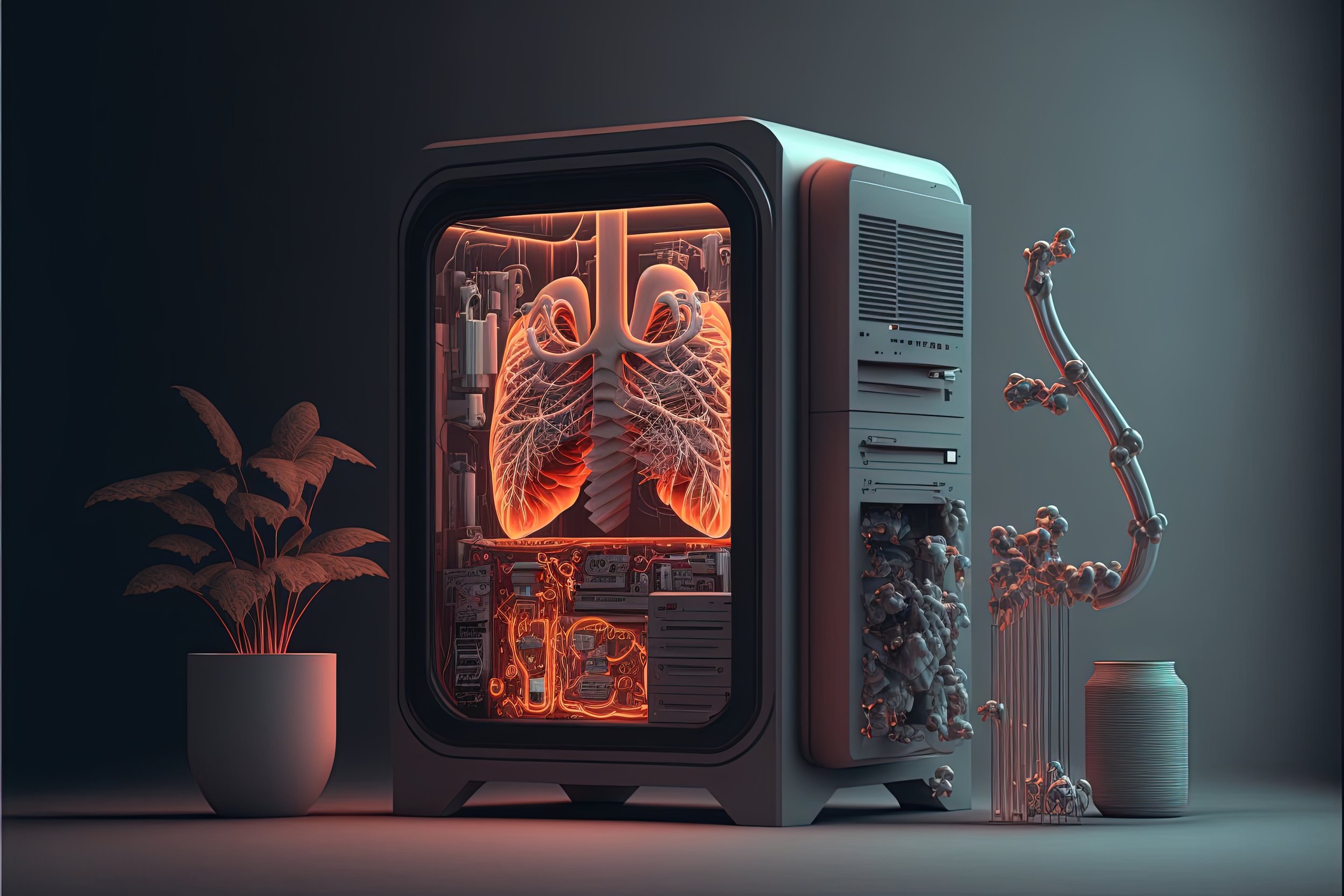Government move to reform transplant system is a first step to saving more lives
/The federal government recently announced plans to overhaul the nation’s organ transplant system
It intends to break up the network that has run the system and introduce change to shorten wait times and reduce the number of patients who die while waiting.
That is important news to the more than 100,000 people awaiting organ transplants in the United States, many of whom are stuck on a waiting list for years. The Washington Post reports that 22 people of those people die every day.
While the reform is welcome, it is also long overdue – and only the first of many steps we can take to save more people awaiting life-saving organs.
For nearly 40 years, the nation’s transplant system has been run by the United Network for Organ Sharing, a nonprofit that was contracted by the federal government to coordinate the work of transplant hospitals and organ procurement organizations to match transplant candidates with donated organs.
A story in the New York Times reports that critics have long said the system is ineffective and lacks transparency. Federal officials say the computer system that does the matching is outdated.
One indicator of problems is the fact that a surprising number of harvested organs go to waste. One analysis found that more than 20% of procured kidneys are not transplanted. The reasons for that discard rate are disputed, but statistics from Europe are very different. France had a kidney discard rate of 9.1% from 2004-2014, a 2019 study found. The United Kingdom has a rate ranging from 10% to 12%. Eurotransplant, a consortium of eight countries including Germany, reports a rate of about 8%.
A study published in the “Journal of the American Society of Nephrology” found that nearly 45% of kidneys discarded in the U.S. between 2015 and 2016 could have been transplanted into waiting patients. An article on the study published in Penn Medicine News reports that researchers compared the quality of 493 discarded U.S. kidneys to similar organs transplanted in France. They found French patient survival rates were acceptable – 93% at one year, 81% at five years, and 69% at 10 years – indicating that many donor kidneys in the U.S. are being wasted.
Improving the system that manages transplants is vitally important. But a second step that is at least as valuable is embracing the use of 3D-printed or manufactured organs.
No one has printed a fully self-sustainable organ capable of long-term implantation – yet. But advances in bioprinting are bringing that within reach. Several successes have already been reported. In 2016, a Harvard University team printed parts of a kidney; in 2017, researchers at Northwestern University printed working mouse ovaries; in 2018, a team from Newcastle University bio-printed a human cornea.
The first major step toward 3D-printed organs came with the recent passage of the FDA Modernization Act 2.0, which enables the Food and Drug Administration to accept non-animal testing. It sets the scene for the use of human tissue/organs on a chip technology, essentially bio-printed organs that permit the safety and efficacy testing of drugs on actual human tissue without the long-required but unreliable animal testing.
Methuselah Foundation sees this as an important step towards our eventual ability to replace damaged organs with transplanted, bio-printed tissue. It is our “new parts for people” strategy, which will make it possible to create replacement parts for our bodies, including organs, cartilage, bones, and vasculature. Our goal is to make replacing biological parts as easy as replacing parts in a modern car.
This is one of seven strategies that guide our efforts and investment. And we believe it should be part of the federal government’s reform of the transplant system. If you agree, please sign our Change.org petition asking the government to weigh the long-term potential of bio-printed organs as they reform the nation’s transplant system.


